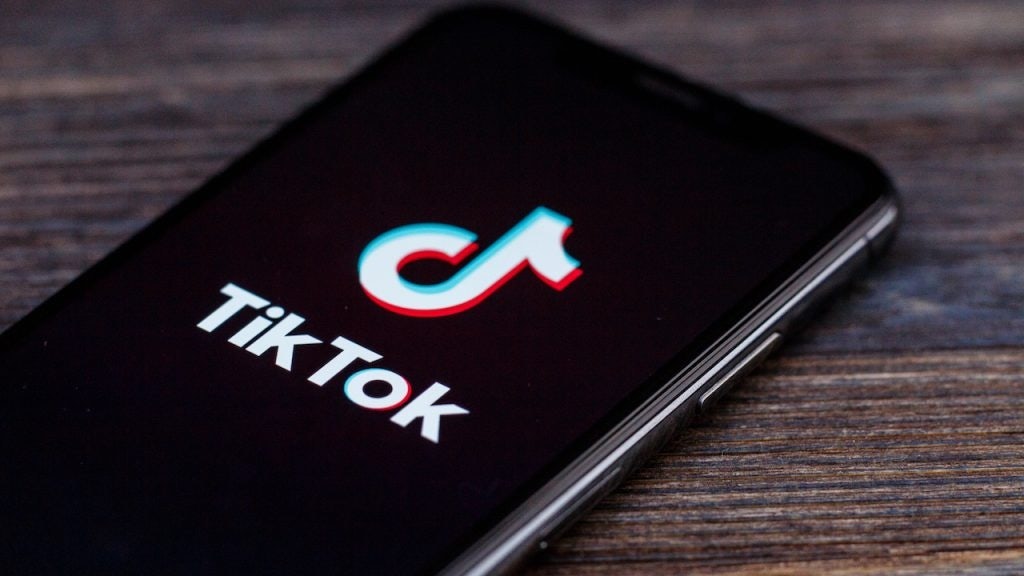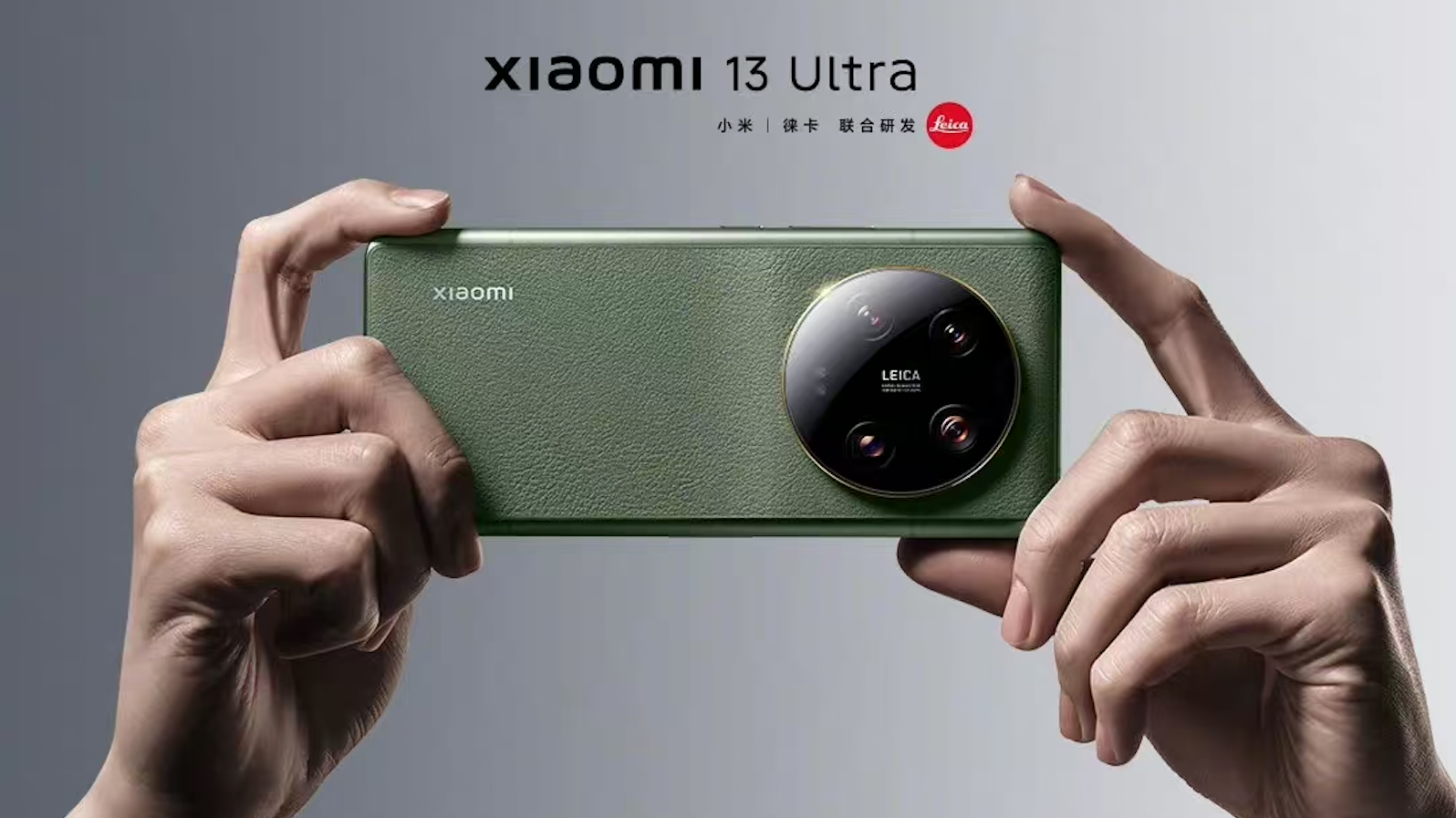What happened
Chinese brands are gaining influence worldwide in a big way, making them top-of-mind choices for a rising number of consumers globally.
This June, for the seventh consecutive year, Kantar and Google released the Kantar BrandZ China Top 50 Global Brands report, which examines consumers’ perceptions and evaluations of 15 categories of Chinese brands across 11 overseas countries.
The report examines 234 Chinese brands that have expanded their presence globally, with over 90 percent of them being considered by at least 70 percent of surveyed consumers in their purchasing decisions. Notably, the most significant indicator for domestic brands — being considered “top-of-mind” among consumers — grew 7 percent year on year. Chinese brands now significantly influence buying choices abroad.

At the very top of Kantar's list is Bytedance's TikTok. Despite the US government's intention to ban the short video app, TikTok was the most downloaded app worldwide in 2022. Following TikTok is the consumer electronics brand Xiaomi. The top 10 rankings are dominated by consumer electronics brands, including Lenovo, Huawei, Oppo, and Vivo.
The Jing Take
Amid global economic headwinds, consumers are seeking a sense of security in their lives and consumption behaviors. According to Kantar's report, as many as 73 percent of shoppers are rethinking their usual purchases and considering more brands. This presents a unique opportunity for emerging Chinese brands to increase awareness and reach a broader audience.

Beyond TikTok and other Chinese tech giants, fashion, leisure, and beauty brands are also rapidly gaining ground. Lingerie label Neiwai, blind box maker Pop Mart, and homegrown cosmetics brand Florasis are recognized as rising stars in the global market. Florasis plans to expand its footprint in the US market this year, viewing it as a major growth driver for its overseas expansion efforts. Meanwhile, Pop Mart is opening flagship stores in European capitals like London and Paris.
From copycats to trendsetters, Chinese labels are reshaping the global consumer market.
While Chinese businesses’ competitive pricing can attract new shoppers, it’s not the sole reason. The report highlights that over 70 percent of consumers try new brands because of other advantages beyond price.

Doreen Wang, Mainland China CEO of Kantar Group and Global Chairman of Kantar BrandZ, said in the report: “Focusing solely on price will weaken a brand's competitiveness and miss the opportunity to attract new consumers. The new goal for Chinese brands expanding overseas is to transition from a ‘cheap substitute’ to a ‘value-for-money’ brand that enhances consumers’ quality of life.”
The Jing Take reports on a piece of the leading news and presents our editorial team’s analysis of the key implications for the luxury industry. In the recurring column, we analyze everything from product drops and mergers to heated debate sprouting on Chinese social media.

